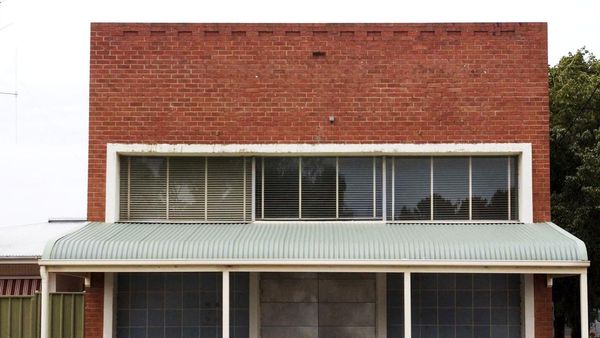
Last Tuesday the Queensland treasurer Cameron Dick delivered his state's budget. He announced a surplus of $12.3 billion, an astonishing feat, the largest budget surplus ever recorded by any state in Australian history.
There is one reason for the extraordinary surplus, said Mr Dick, Queensland's new progressive coal royalties. It's a simple story. Supply chain interruptions, flooding along Australia's east coast, and Russia's invasion of Ukraine saw world coal prices rise dramatically from lows in 2020.
According to the World Bank, Australian thermal coal prices rose from an annual average of $89.50/tonne in 2020 to an astonishing $507.70/tonne in 2022. Metallurgical prices have been similarly buoyant.
The Queensland Labor government acted promptly to ensure the owners of Queensland coal, the Queensland people, shared in the revenue windfalls. New rates were set, rising in stepped fashion from 7 per cent of earnings for the first $100/tonne of sales, to 40 per cent of earnings from sales above $300/tonne.
Predictably, the Queensland mining lobby screamed loud: progressive coal royalties would strangle the coal industry, investment would dry up, jobs would be lost. Yet Queensland government data show a growing mining workforce.
The coal gravy train hasn't been derailed by the new royalty rates.
The Queensland budget is a triumph of good public policy. I listened to the budget speech with envy. Queensland's coal royalty revenue rose to $7.2 billion in 2021-22. Royalty revenue in 2022-23 is predicted to be $15.3 billion. This is $10.5 billion more than would have been received had Queensland not introduced its progressive rates.
The budget windfall enables the Queensland government to deliver cost-of-living relief and fund significant infrastructure investment. Electricity bills in Queensland will fall on average by $550 a household. Fifteen hours free kindergarten will be provided to every four-year-old. There are significant spending increases on health services, hospitals, social housing and public transport. An "energy and jobs" plan will fund renewable energy projects including pumped hydro, wind farms, and backup batteries. A further $2 billion is allocated for venues and infrastructure for the 2032 Brisbane Summer Olympics.
In his wrap-up, the Treasurer noted that regional Queensland will receive 65 per cent of the proposed infrastructure spending. Oh that a NSW government was ever this mindful of the needs of communities not located in Sydney.
NSW had the same opportunity as Queensland to cash in on record coal prices, yet the previous Coalition government waivered under pressure from the coal lobby, while the then Labor opposition backed the Coalition's non-decision. Massive increases in revenues have been delivered to NSW coal producers from soaring world energy prices, yet NSW politicians, from both sides of the house, have failed to act on behalf of their constituents. Geographically, the biggest loser is the Hunter, the generator of the wealth windfall, the bearer of the environmental devastation, the afterthought when it comes to state budgets.
Industry reports show the extent of the windfall profits enjoyed by the coal companies. Over the last year Whitehaven Coal disclosed average production costs at its Gunnedah mines of $98/tonne, including the cost of transport to the Port of Newcastle. BHP claimed average production costs at its Hunter Valley Mount Arthur mine of $127/tonne, excluding royalties and transportation costs. For these levels of costs energy experts Wood Mackenzie advised the Australian Energy Regulator that a fair profit margin for Hunter thermal coal producers would be $21.70 per tonne. Clearly world coal prices have delivered super-profits in recent years, vastly more than the Wood Mackenzie calculation.
Yet in NSW royalty rates didn't move. The NSW rate, a meagre 8.2 per cent of revenues from open cut mines, means that total NSW coal royalties for the five years between 2021-22 and 2025-26 will not even match royalty flows in Queensland for the single year 2022-23. This is gobsmacking.
It is a remarkable victory for the coal lobbyists in NSW, especially the NSW Minerals Council. I hope the council rewards its long-serving CEO Stephen Galilee handsomely. Mr Galilee and his team have had a victory for the ages, albeit against spineless NSW government.
Indeed, it's hard to nominate a more disappointing failure of fiscal management in Australian history. Money to do public good was right there. Now, as prices fall, it is gone.
Phillip O'Neill is professor of economic geography at Western Sydney University.
WHAT DO YOU THINK? Join the discussion in the comment section below.
Find out how to register or become a subscriber here.







